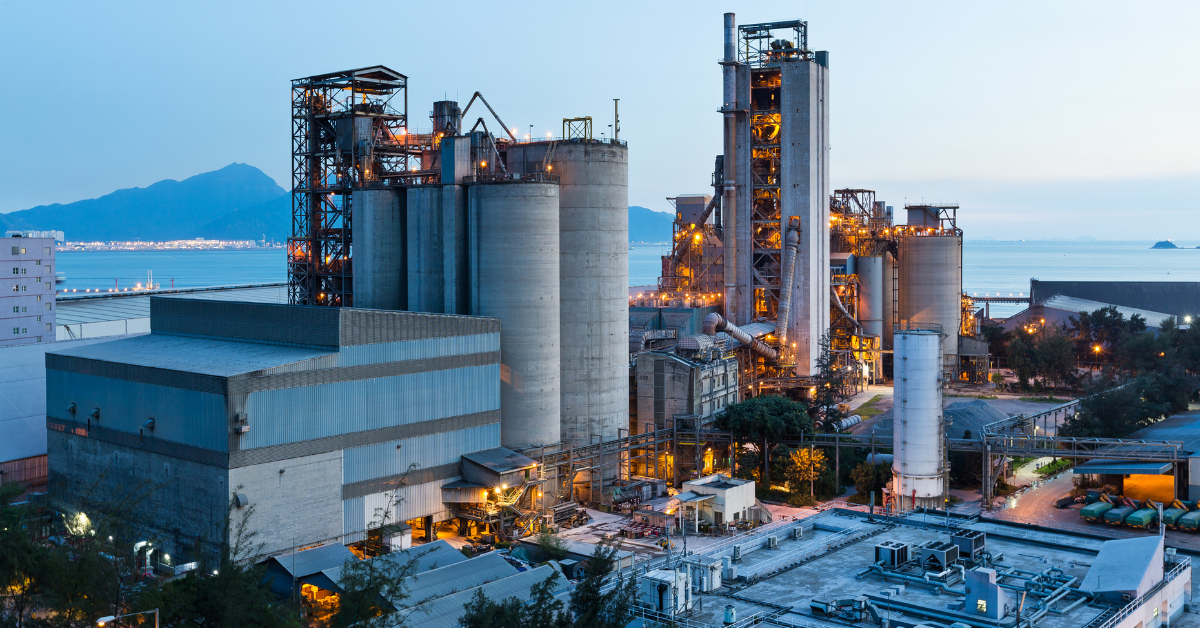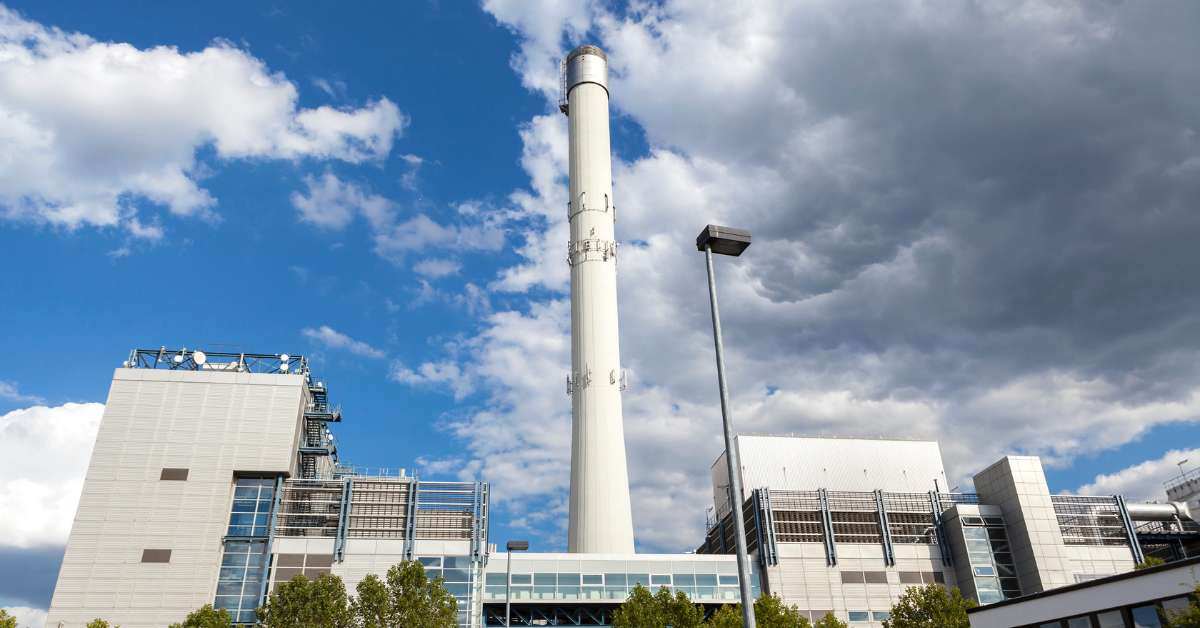Carbon capture has been in the spotlight lately, as countries around the world search for ways to reduce their carbon emissions and pave the way towards net zero. One such technology is solvent-based carbon capture, which uses high-quality drop-in solvents to capture gases before they enter the atmosphere. But what is this technology? How does it work, and — more importantly — how can your industry make use of it?
Watch our latest vlog to hear Tom Yelland, R&D Engineer at Carbon Clean, explain solvent-based carbon capture for industry.
What are solvents and where do they feature in carbon capture technology?
Solvents are the specially formulated chemical mixtures we use to absorb carbon dioxide from gases emitted by industry. They have been used for decades, and now they are the centerpiece of the most well-tested and mature carbon capture technologies available. Conventional solvents rely on chemical absorption to remove carbon dioxide. They usually contain an amine that will react selectively with carbon dioxide. The most well-known conventional solvent is monoethanolamine (MEA).
What have past approaches to using solvent-based carbon capture been?
Carbon capture first arose in the early 20th century as a method to purify (or “sweeten”) natural gas by removing carbon dioxide. Since the 1970s, amine-based solvents such as MEA have been used to capture CO2 for use in enhanced oil recovery.
Since that time, the conventional solvents used for post-combustion carbon capture and biogas purification have remained largely unchanged.
How do solvent-based carbon capture solutions work?
Amine-based solvents work in an absorption-regeneration loop:
- The industrial gas is fed into an absorber, where the solvent will react safely and quickly with carbon dioxide.
- The CO2-rich solvent will then be transferred to a regenerator, where the temperature will be raised to around 120 degrees Celsius.
- This increase in temperature reverses the carbon dioxide absorption reaction, producing a pure CO2 gas and fresh solvent.
- The fresh solvent can be returned to the absorber to start the cycle all over again.
How do Carbon Clean’s solvents benefit industries that want to implement carbon capture technology quickly?
Carbon Clean’s solvents have been developed and optimised over the last 12 years, leading to successful utilisation at numerous plants worldwide. Through this experience, industry can have confidence that our solvents are low risk and high reward.
Can Carbon Clean’s solvents be used as drop-in substitutes?
Absolutely! Carbon Clean’s solvents are improved over conventional solvents (such as MEA) in a number of ways:
- They can absorb more CO2
- They need less energy to be regenerated
- They are far more robust, so they will degrade slower and last longer
- And they are far less corrosive, greatly reducing the corrosion of pipes and equipment in the plant
How can someone learn more about solvents and their impact on achieving net zero?
Download our Solvents eBook and talk to a Carbon Clean expert to learn more!
Are you interested in learning how Carbon Clean's revolutionary solvent drop-in substitute? Talk with our specialist to learn more!



